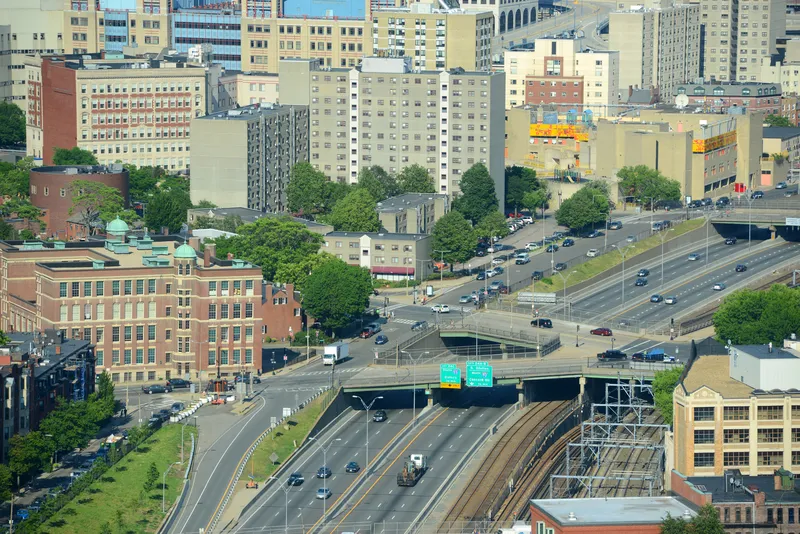US engineering services firm Parsons has received the 2017 Grand Award in the transportation category from the American Council of Engineering Companies of Missouri for the Columbia I 70 Bridges design build project. Parsons was the lead designer for this US$18 million project for the Missouri Department of Transportation, which involved replacing six deficient bridges with five new weathering steel plate girder bridges while accommodating 80,000+ vehicles per day on the road.
Built in 1957, the existing
February 14, 2017
Read time: 2 mins
US engineering services firm 4089 Parsons has received the 2017 Grand Award in the transportation category from the American Council of Engineering Companies of Missouri for the Columbia I 70 Bridges design build project. Parsons was the lead designer for this US$18 million project for the 1773 Missouri Department of Transportation, which involved replacing six deficient bridges with five new weathering steel plate girder bridges while accommodating 80,000+ vehicles per day on the road.
Built in 1957, the existing three sets of concrete slab bridges were located within a two mile stretch of I-70. To maintain traffic during construction, the westbound single-span bridges were designed and built using slide-in bridge construction (SIBC) in which the new bridges were built adjacent to the old bridges and then slid into their permanent location after the old bridges were demolished. The eastbound spans of these two bridges were constructed using the traditional bridge-building method, where the old bridge is demolished and a new bridge is built in its place. The twin spans of the Business Loop Bridge were replaced with one single-span bridge which also used the SIBC technique. It was positioned in a slightly different location than the old bridge to better accommodate intersecting traffic.
In addition to the designs for accelerated bridge construction, Parsons also provided new interchange designs at Business Loop and Range Line to increase corridor mobility, enhance pedestrian connectivity and improve motorist safety. The Range Line/I 70 interchange was converted from a signalised diamond interchange to two tear shaped roundabouts that join together to form a single roundabout. The Business Loop/I 70 interchange was improved with dual-lane roundabouts on the north and south sides of I 70.
Built in 1957, the existing three sets of concrete slab bridges were located within a two mile stretch of I-70. To maintain traffic during construction, the westbound single-span bridges were designed and built using slide-in bridge construction (SIBC) in which the new bridges were built adjacent to the old bridges and then slid into their permanent location after the old bridges were demolished. The eastbound spans of these two bridges were constructed using the traditional bridge-building method, where the old bridge is demolished and a new bridge is built in its place. The twin spans of the Business Loop Bridge were replaced with one single-span bridge which also used the SIBC technique. It was positioned in a slightly different location than the old bridge to better accommodate intersecting traffic.
In addition to the designs for accelerated bridge construction, Parsons also provided new interchange designs at Business Loop and Range Line to increase corridor mobility, enhance pedestrian connectivity and improve motorist safety. The Range Line/I 70 interchange was converted from a signalised diamond interchange to two tear shaped roundabouts that join together to form a single roundabout. The Business Loop/I 70 interchange was improved with dual-lane roundabouts on the north and south sides of I 70.









